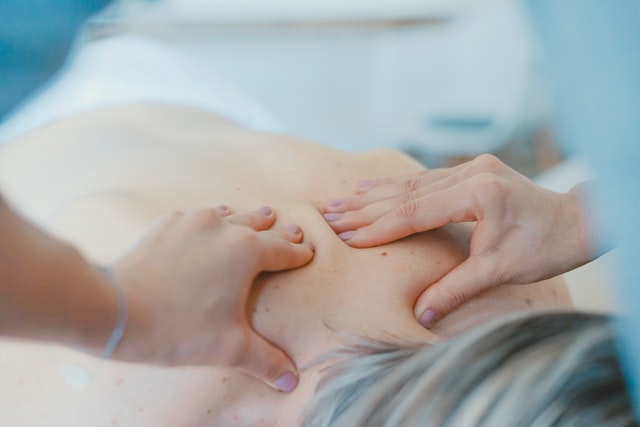The spine is integral in the communication system of the body and is appropriately called “the backbone,” but it isn’t just a single bone. In fact, it’s made of lots of bones (called vertebrae) that are all attached together by a kind of elastic tissue known as cartilage. This cartilage is what gives people the flexibility to do things like bend, stretch, balance, and even walk! Scoliosis of the spine is a condition in which the vertebrae in the spine bend into a curve instead of being straight. In extreme cases, they can sometimes also rotate like a corkscrew. This can be prevalent in the youth — even infants — can suffer from scoliosis. The most prevalent type of scoliosis that is seen in most people is known as idiopathic scoliosis. And this is especially prevalent in teenagers as they go through puberty.
Idiopathic scoliosis is kind of in the dark in the medical field. No one can definitely deduce why people get it , but research can indicate that it runs in families. Things like bad posture and carrying heavy loads on your back aren’t really the reasons as to why people develop this form of scoliosis. So basically, you don’t have much control over whether or not you develop idiopathic scoliosis, it’s purely genetic in nature.
If you think you’re suffering from idiopathic scoliosis, one telltale sign would be that you’re hunched more to one side. Another sign would be that one of your shoulder blades appears to be higher than the other one. If your spine is twisted, one side of your ribcage might stick out more when you bend over. Most of the time, you can’t really determine for sure that you have scoliosis. That’s why it’s essential for you to undergo a scoliosis examination with your local doctor to make sure for certain that you have scoliosis.
If you suspect that you may be having scoliosis, it would be a good idea to book an appointment with your local doctor. Your doctor would do a thorough examination of your figure and spine and as well as take your medical history to aid in the process of coming up with a diagnosis. Part of any medical history investigation is getting your family health history and this is especially relevant in the process as it is a genetic condition in nature. Finding out if anyone of your relatives had it can help your doctor in determining if you might too. Your doctor might then make the decision to refer you to an orthopedic specialist. Orthopedics is someone that specializes in the treatment of bones, so scoliosis is basically their bread and butter.
Most cases of mild scoliosis don’t call for any major treatment. If you have a mild curve, the best course of action would be to just go for regular check-ups. Scoliosis is known to worsen when you’re growing. So your doctor will want to keep an eye on you as you’re in this phase. You could opt for surgery if the condition worsens. Wearing a brace or recovering from surgery takes a while. Attending sessions with a physiotherapist might help in the recovery phase of this condition as it provides a steady increase in mobility and flexibility of the spine.

